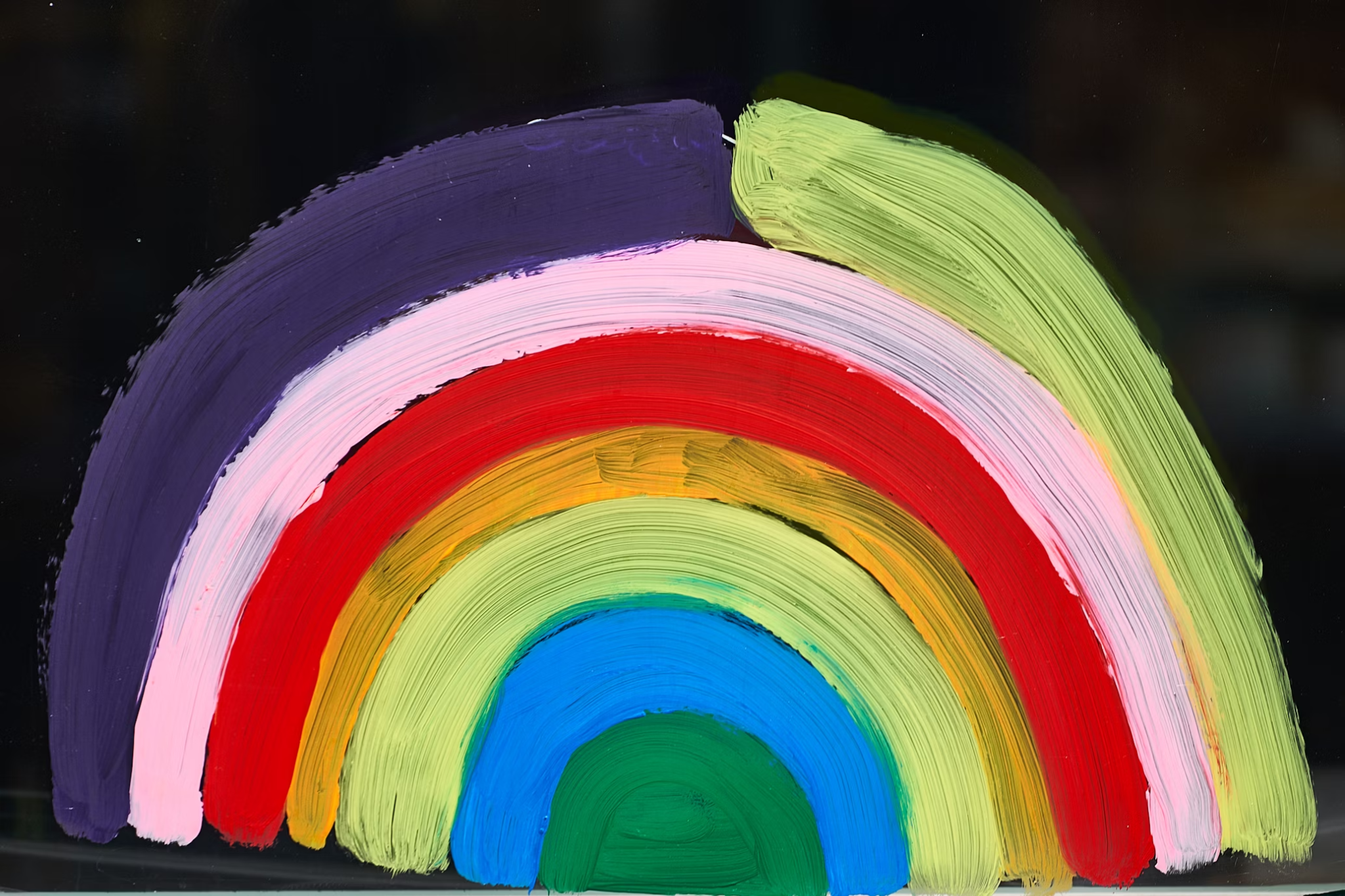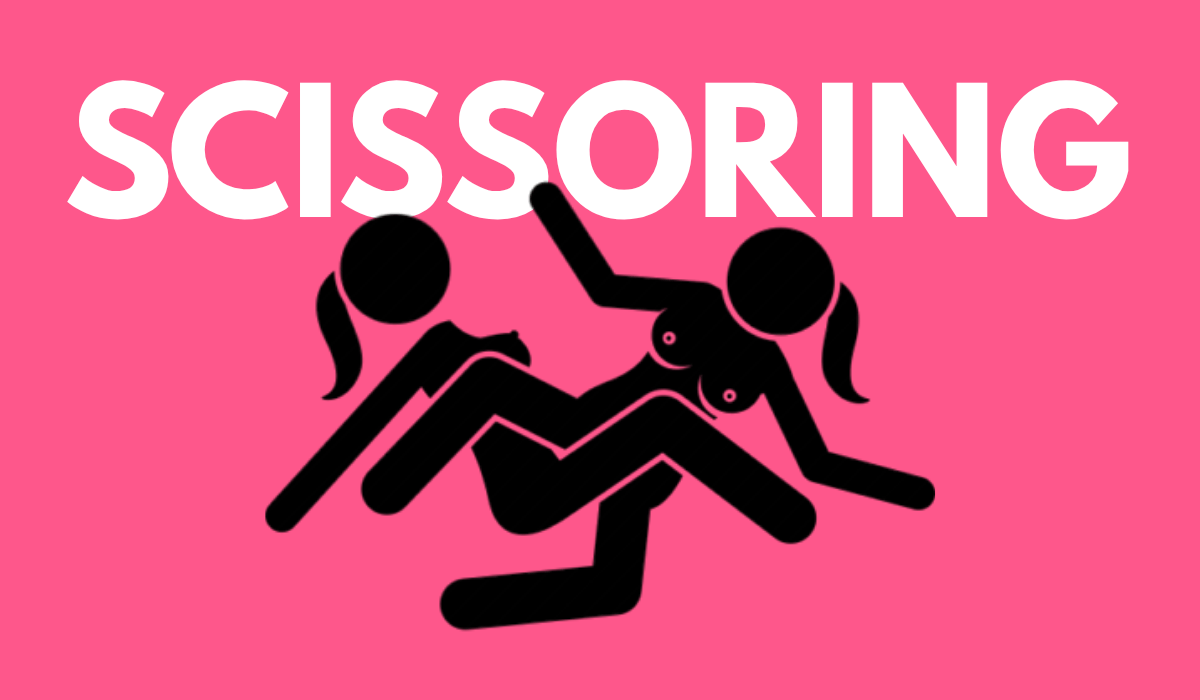If you’ve been anywhere near queer TikTok or lesbian community, chances are you’ve heard the phrase “U-Haul lesbian.” It’s a term that has stood the test of time—equal parts endearing, relatable, and slightly teasing. But what exactly does it mean, and is there any truth to the stereotype? Let’s dive in, unbox the U-Haul (pun intended), and unpack this iconic part of lesbian culture.
What’s a U-Haul Lesbian, Anyway?
A “U-Haul lesbian” is someone who takes “moving fast in a relationship” to the next level—think cohabitation by date three. The term draws its name from the moving truck rental company, symbolizing the speed at which these relationships escalate. But before you start picturing a literal moving truck pulling up after a candlelit dinner, remember that it’s all in good fun.
It’s also worth noting that this phrase can mean different things to different people. For some, it’s a badge of honor, a symbol of deep emotional connection; for others, it’s a playful jab at a friend who always has their name on the lease of their latest partner’s apartment.
Where Did the Term Come From?
The phrase gained mainstream traction thanks to comedian Lea DeLaria, who famously joked, “What does a lesbian bring on the second date? A U-Haul.” However, the roots of the term go deeper into lesbian communities of the ‘80s and ‘90s, where it was part of a broader lexicon of queer humor.
Historically, the term may have had practical undertones. During the mid-20th century, when queer relationships faced intense social and legal stigma, moving in together offered privacy, safety, and a chance to build a haven in a hostile world. So while the stereotype might seem over the top today, it’s rooted in a real cultural history.
Is There Any Truth to the “U-Haul Syndrome”?
Let’s get scientific—or at least sociological. Anecdotally, lesbians are often said to form intense emotional bonds early in relationships. This phenomenon, lovingly nicknamed “the urge to merge,” can lead to faster cohabitation compared to other relationships. But is it really a lesbian thing, or is it just… love?
A 2018 Stanford study debunked the idea that lesbians move in together any faster than other couples. Researchers found no significant difference in cohabitation timelines once factors like age and relationship goals were accounted for. So, while the U-Haul lesbian trope may hold true for some, it’s not as universal as pop culture might suggest.
Why Does the Trope Persist?
Part of the appeal of the U-Haul lesbian narrative is how it humorously captures the intensity of queer relationships. There’s a certain charm to the idea of falling hard and fast—of meeting someone and feeling like they just get you on every level. In queer relationships, where shared experiences and mutual understanding can create deep connections quickly, the U-Haul idea resonates.
But it’s also important to remember that not all relationships fit this mold. Plenty of lesbians take things slow, enjoying the dating phase without rushing to swap keys or adopt a rescue dog.
Our Take at Eros Song: Love at Your Pace
At SAPHETTE (formerly Eros Song) - best lesbian sex toys brand, we’re all about celebrating the diversity of queer love stories—whether you’re a full-speed U-Hauler or someone who prefers to take the scenic route. Our flagship toy, Duopeak (Doupeak), is designed with all dynamics in mind, offering connection and pleasure for every stage of intimacy. Whether you’re still figuring each other out or deep in your forever relationship, we’ve got you covered.









